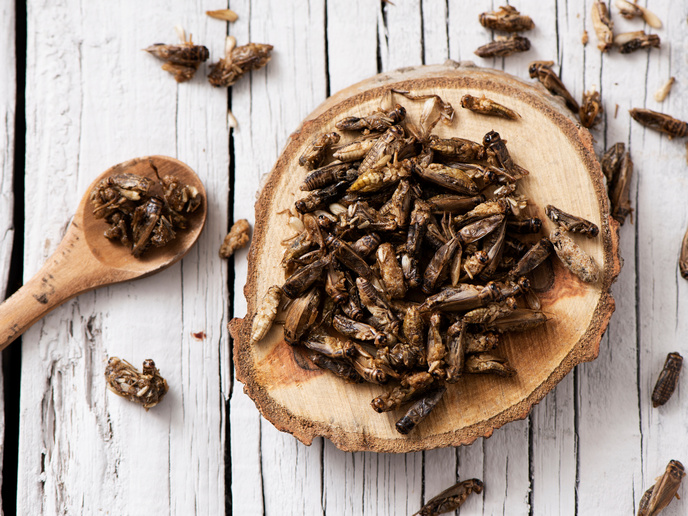CRISPR immunity in real life
Viruses are the ultimate parasite; having no protein-making machinery of their own, they hijack a host's DNA to reproduce and spread. Throughout evolution however, bacteria have come up with resistance mechanisms, probably the most recently studied being the CRISPR/Cas system. The EU-funded PROTECT (Prokaryotic evolution of CRISPR targeting) project has investigated the biological significance of the CRISPR/Cas system in Pseudomonas aeruginosa under real ecological conditions. Despite a thorough knowledge of the biochemistry of the system, its evolutionary relevance when faced with infecting viruses, phages, is still relatively unknown. Using knock-out mutants of the CRISPR-Cas system, the researchers looked at the effects of competition between the bacteria and DMS3 phages in high and low nutrient environments. As expected, due to the differing 'costs', with low phage exposure, the CRISPR-Cas system is favoured. At high exposure however, surface modification-mediated immunity is best from a survival point of view. A surprise was that after some 700 bacterial generations, coevolution was very short-lived and the phage became extinct quickly. According to previous models, CRISPR-based resistance should favour survival of both host and parasite as the virus evolves to overcome the CRISPR immunity. However, based on theoretical analysis and experiment, the researchers found that the specificity of the infection process coupled with a high CRISPR allele diversity would be necessary for this effect. Researchers also looked at the dynamics and sequence of spacers in the CRISPR locus where foreign DNA sequences are integrated to provide sequence specific immunity. Sequencing revealed spacer duplication and occasional loss of genetic material during the coevolution experiment. The short-lived coevolution of the bacteria and its phages point to the fact that there is an inability to overcome CRISPR immunity by individual mutation. The researchers suggest that the evolution of anti-CRISPR proteins is favoured to block this specific immune system. PROTECT has disseminated work through papers published in high-profile journals such as Current Biology and Nature Reviews Microbiology. Project research promises to have applications in combatting antimicrobial resistance and phage therapy.







